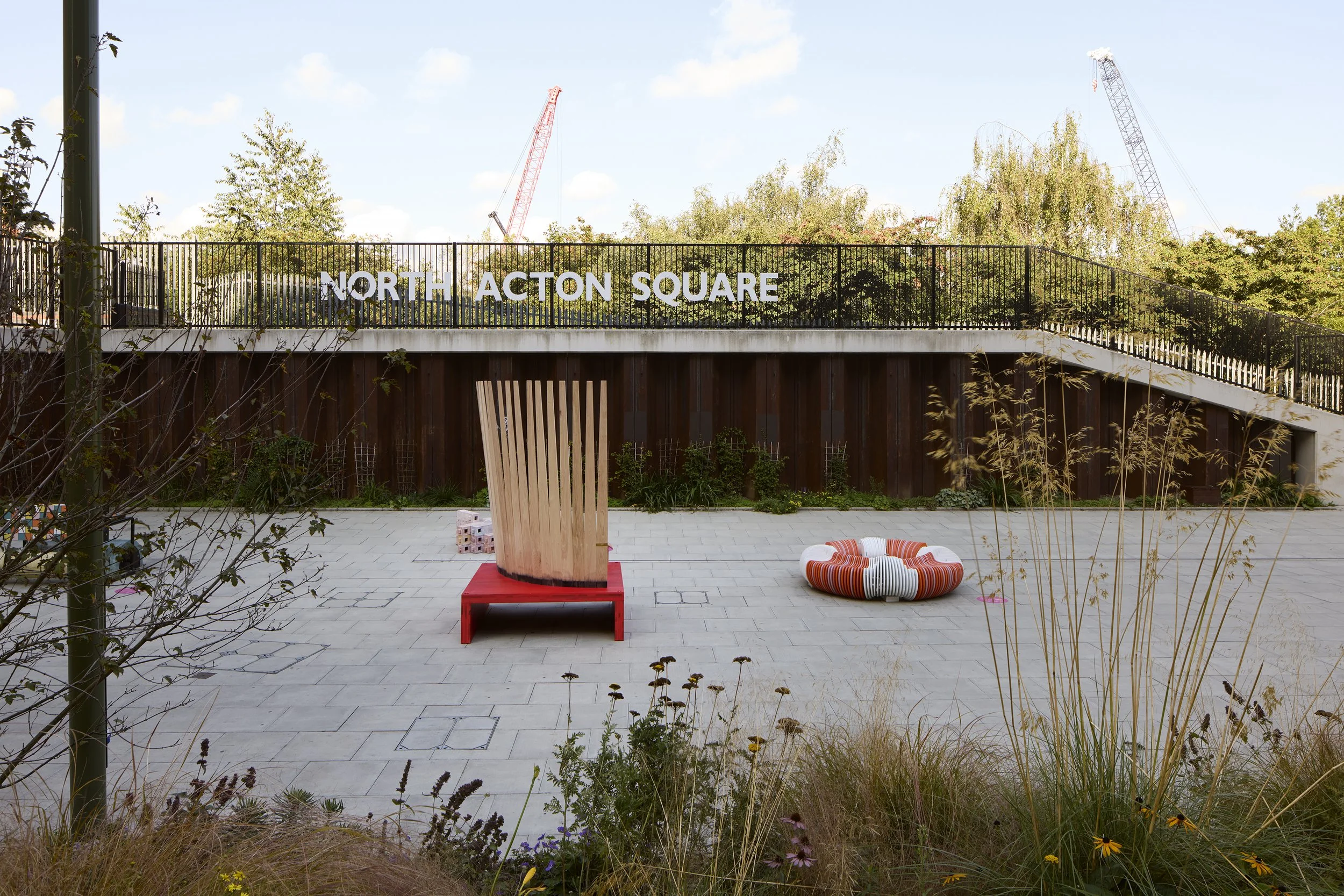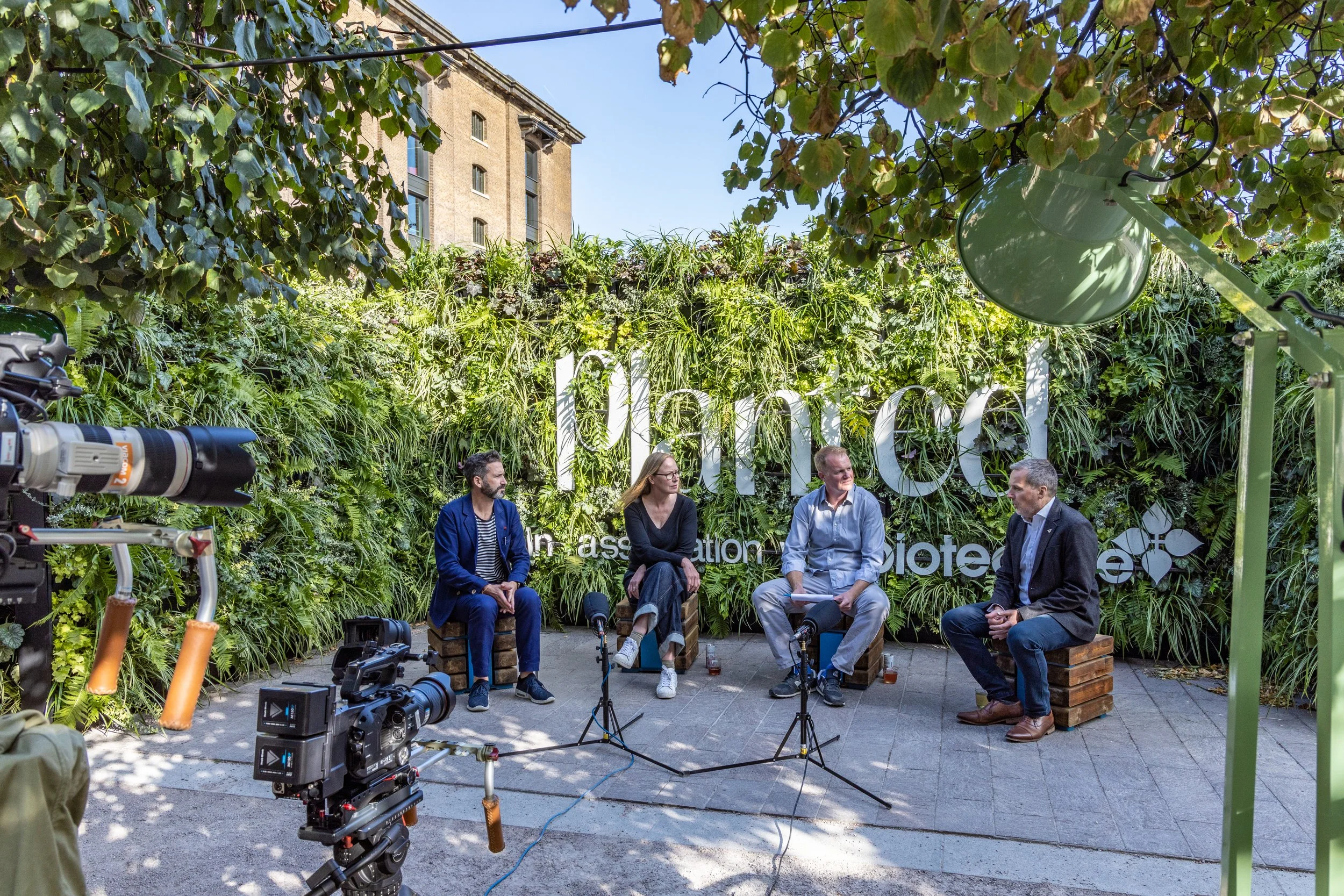London Design Festival 2021
Last year saw the 18th edition of the London Design Festival and it’s safe to say that it was an unusual and decidedly smaller affair than those of previous years. The 19th edition, which took place between 18-26th September saw a re-expansion of the show and a welcome back to some, although not all, indoor events. As Festival Director Ben Evans pointed out, “Following an extremely difficult 18 months for the sector, the Festival is incredibly pleased to be able design talent a platform to showcase their work.” And of course, being able to share your work and brand in a tangible manner, and to an international audience of some form at least, is still vitally important for those in the creative industries.
As has always been the intention, this year the show spanned a number of Design Districts – 10 in total – and they included old favourites such as Brompton Design District, Shoreditch Design Triangle and Kings Cross Design District as well as the newly launched Greenwich Peninsula District. As was the case last year, the emphasis was on being able to walk between events – partly in order to take in as much as possible in as shorter time as possible but also to save on any unnecessary and potentially worrisome travel. What’s more, each of the ten design districts were encouraged to tap into their surroundings and reflect a sense of the local creative community, making each one entirely unique in look and feel. And to add to this, for the very first time, each area was also give it’s own distinct waymarker to help exploring visitors orientate themselves.
The sculptural forms or Designposts were the result of a commission process involving the American Hardwood Export Council (AHEC) and revered furniture makers Benchmark, Jan Hendzel Studio and Sebastian Cox, who teamed up with 10 of the most exciting emerging designers to create each piece. As such, not only did each piece help to translate a distinct character or feeling inspired by the area itself but also offered fresh talent the opportunity to showcase their work.
One of those areas, Kings Cross, is fast becoming a focal point of the Festival and once again, it didn’t disappoint. Nestled in the centre of the courtyard at Coal Drops Yard, with the swooping Heatherwick Studio rooftops forming a dramatic backdrop, was a 3-D lighting installation by Studio Mieke Meijer.
The reusable archways formed an Illuminated Garden at the heart of the areas Super Nature exhibition, the focus of which was to promote circular design. Just around the corner was the second ever incarnation of Planted and once again the remit was to reconnect people and spaces with nature. As well as a series of stimulating talks with the likes of biophilia advocate Oliver Heath, the event also played host to a number of sustainable brands, a botanical market and an installation billed as a “revolutionary” new way to immerse ones self in nature.
Titled Sleeping in Nature, the installation was a coming together of a number liked minded brands including Another Country, Naturalmat, Seedlip, Farlam & Chandler and Bacsac, who provided the core ingredients for the perfect and most peaceful night in nature imaginable, all of which were homed in one of Out of the Valley’s bespoke off-grid mobile Nomad Cabins.
Of course, it wouldn’t be LDF without a series of show-stopping installations at the Victoria and Albert Museum, and this year was no exception. Although, where visitors might have experienced sculptural forms that were both impressive in terms of their scale and ambition, this year gallery spaces like the Raphael Court remained empty – without the introduction of new technology that is. Design collaborators Tin Drum and Sou Fujimoto invited guests to engage with an emerging style of see-through display devices that bring the space to life through augmented reality. When wearing the special headsets visitors bare witness to architectural forms inspired in part by the aurora borealis and underwater bioluminescence, the details of which appear and evolve based on their movements; making them the auteurs of their own experience.
But the large-scale installations never reside within the walls of the V&A alone, and members of the public passing through Tottenham Court Road would have witnessed, and perhaps even crossed Yinka Ilori’s colourful and appropriately named piece Bring London Together. The bold and vibrant crossing was backed by the Mayor of London and was intended to highlight the plight of the creative sector, which has been so devastated by the affects of the pandemic, as well as simply brightening up people’s days.
In terms of striking physical structures, Velux’s installation Cube led the way. Found at Observation Point on the South Bank the ribbed timber structure served as the ultimate showcase for Velux’s speciality skylight windows as well as offering a perfect Instagram setting. Designed by Danish architecture firm, Henning Larsen, the internal space was lit by a set of windows that visitors could control via the Velux Active App, affecting the play of light and airflow as they opened and closed. The mood was further affected by a calming soundscape by AKQA and Kasper Bjørke that invoked the elements including the sea, wind and rain, bringing the outdoors in, in the process.
And elsewhere, the Festival also offered the opportunity for EDGE to finally be able to launch their groundbreaking eco and sustainable design hub in Marylebone. We first interviewed the team around a year ago when they were in the process of setting up the studio, and all the hard work amongst a lot of pandemic uncertainty has paid off.
This article was first published by Design Insider Live.











